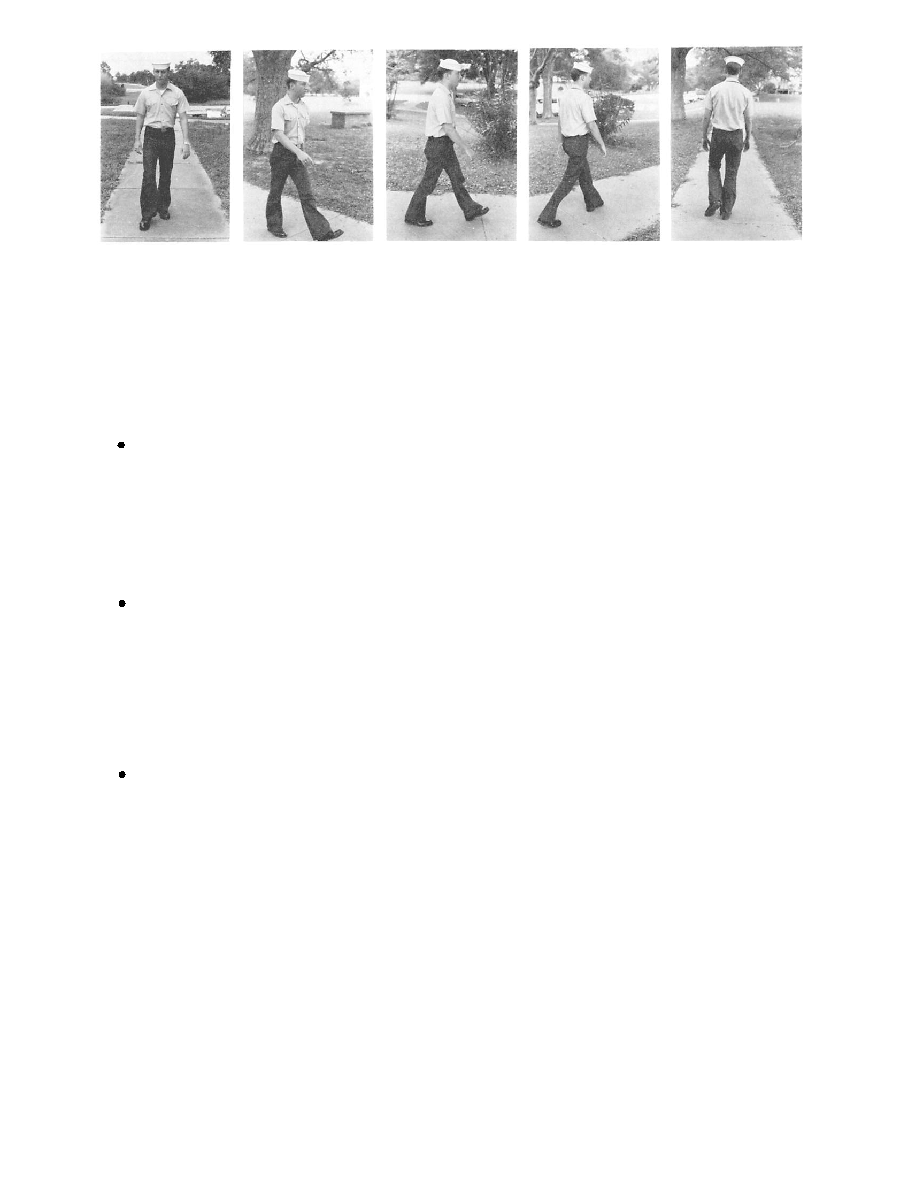
DOFMaster
for Windows
On-line
Depth of Field
Calculator
DOFMaster for Mobile Devices
On-line
Depth of Field
Table
Hyperfocal
Distance Chart
Articles
FAQ
Recommended
Books
Support
Contact
Links
Home
for Windows
On-line
Depth of Field
Calculator
DOFMaster for Mobile Devices
On-line
Depth of Field
Table
Hyperfocal
Distance Chart
Articles
FAQ
Recommended
Books
Support
Contact
Links
Home
As an Amazon Associate I earn from qualifying purchases.
![]()
temporarily showing a neutral condition between two
shots when the subject moves in opposite directions.
leading or following the subject, respectively.
or leaving the frame and when only the front or back of
the subject is shown.
the subject exits at either the bottom or the top of the
frame. Examples: a train, shot from a high-camera
angle, may move directly under the camera and exit at
the bottom of the frame, or an aircraft may take off and
move over a low-angled camera and exit at the top of
the frame.
to exit the frame on both sides of the camera, or enter
the frame on both sides of the camera and join up,
moving directly away from the camera.
change in direction.
audience. To close a sequence, you can use a tail-away
such as these, present moving images that increase or
depth than do cross-screen movements.
shots. Head-on shots tend to produce greater audience
impact because the audience is "placed" dead center
direction through a series of shots, progression is
represented.
traveling in the opposite direction to the previous shot,
three-quarter angle of the subject moving left to right.
Next, cut the three-quarter angle to a view of the subject
crossing the screen, then to a rear three-quarter angle of
the subject. Finally, cut from the rear three-quarter angle
to a tail-away shot (fig. 13-12).
than an imaginary line created by subject movement.
Basic Photography Course

As an Amazon Associate I earn from qualifying purchases.
WWW.DOFMASTER.COM
© 2006 Don Fleming. All rights reserved.
© 2006 Don Fleming. All rights reserved.